Gardeners Beware: These 6 Plants Attract Japanese Beetles – Plus Gorgeous Alternatives to Use Instead
You might be unwittingly attracting Japanese beetles to your garden if you have these plants. Learn how to battle beetles and plant a beetle-proof garden.
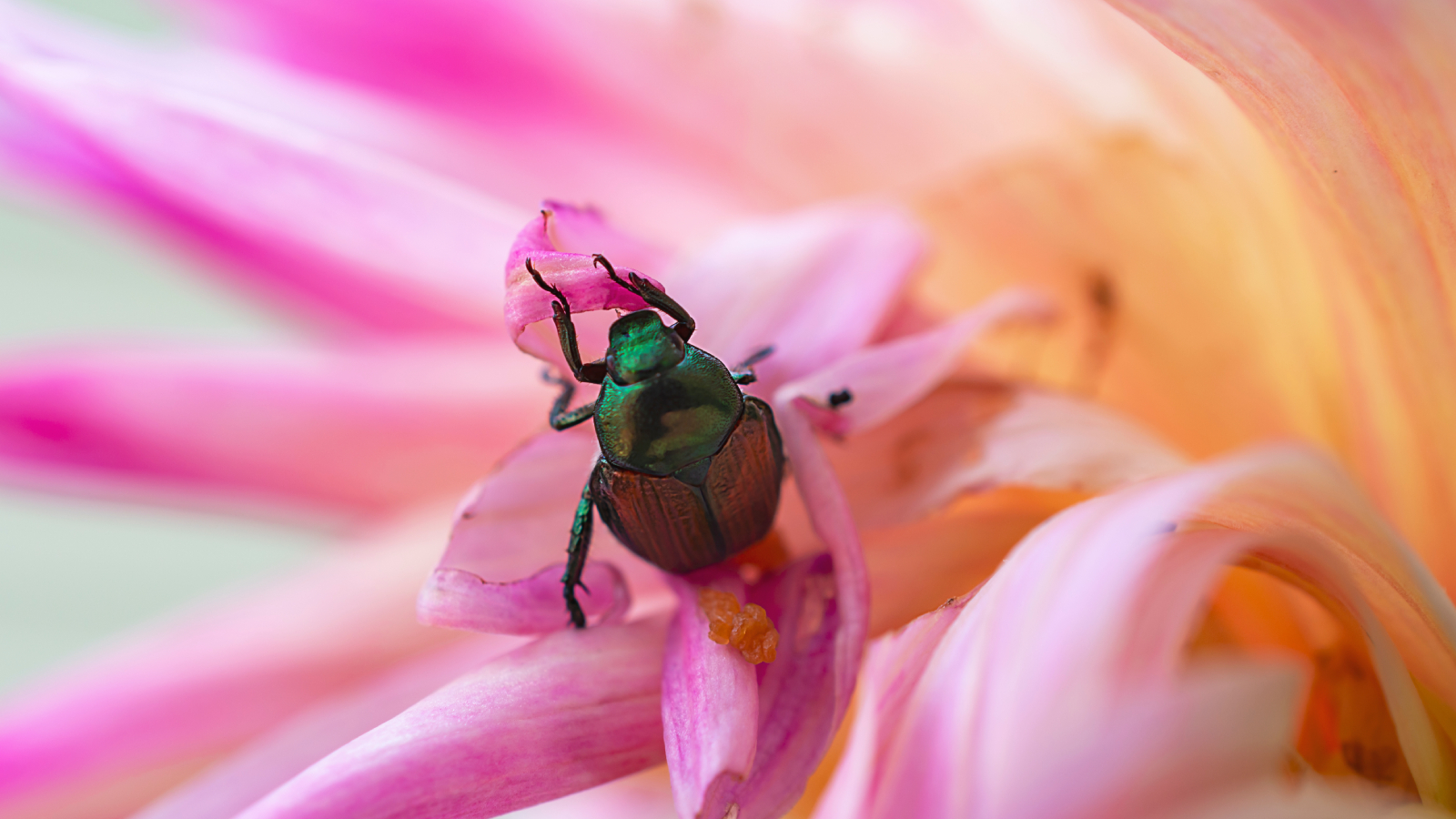

Kathleen Walters
Very few things can beat lounging in your yard on a hot and sunny afternoon, but Japanese beetles can quickly turn that good feeling of joy into a terrible pest party. What do Japanese beetles eat? These gleaming green troublemakers chomp through leaves, flowers, and fruits, leaving a trail of destruction that can wipe out all your hard work. I’ve seen them shred a thriving shrub to pieces in a matter of days. Believe me, it’s an eye-opener and a learning moment!
Curious about what attracts Japanese beetles into your garden? They zero in on certain plants like they’re hitting a buffet, lured by scents and textures that scream 'dinner.' A bit of savvy can keep them at bay.
Instead of just trying to chase them away, you can make your yard less inviting by replacing their favorite snacks with plants they don’t care for. Here, we will go over which plants they love, the kind of damage they cause, and some great alternatives to keep your garden looking its best. With a few easy changes, you can enjoy your outdoor space without all of the unwanted guests showing up to ruin things.
What Are Japanese Beetles and What’s Their Damage?

Let’s get to know these terrible troublemakers. Japanese beetles are those flashy, green invaders that hitched a ride to the U.S. from Japan way back in the 1900s. About half an inch long with copper wings, they roll in during summer to feast on your plants. Their larvae, also called lawn grubs, are underground, munching grass roots and leaving your lawn patchy.
These beetles mean business. They strip leaves to the veins, leaving a lacy look that weakens plants quickly. And the flowers and fruits? They’re fair game too, cutting down your garden’s charm and crops. Young or stressed plants are their prime targets, and I know for a fact that an infestation can explode from a handful to a horde if you don’t catch it early. Timing is everything!
What Attracts Japanese Beetles?
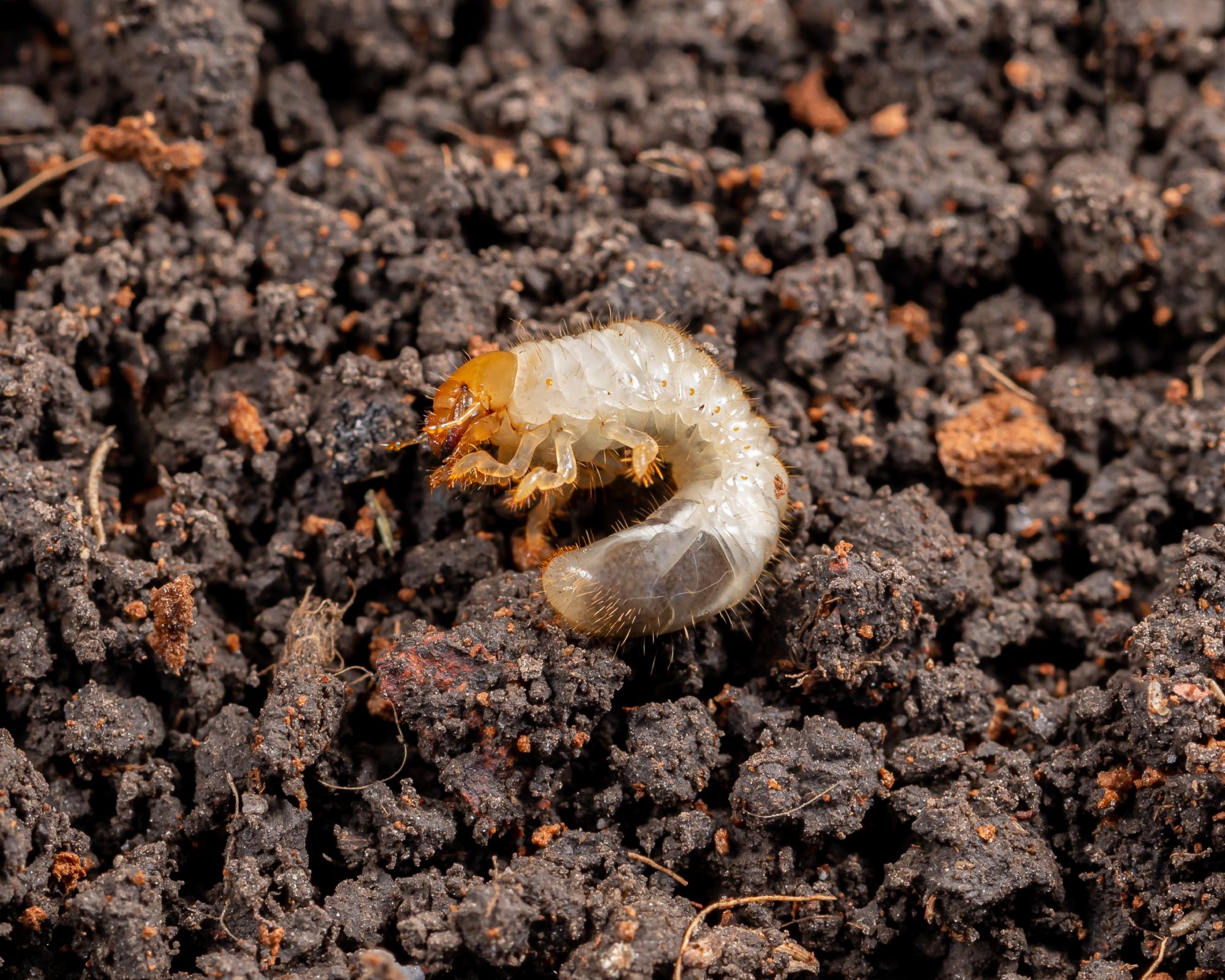
So, what’s making your yard a beetle hotspot? These pests are suckers for strong smells and bright colors, homing in on plants with soft, wide leaves or sweet blooms. Hot, sunny days fire them up, and they’ll swarm open areas like it’s a festival. I’ve noticed my overgrown garden beds take the worst hits. Stressed or crowded plants are very much like a neon sign to them.
It’s not just the plants, though. Japanese beetles catch wind of chemical signals from their favorite plants. Once a couple beetles show up, they release pheromones to call in the gang for a feast.
Sign up for the Gardening Know How newsletter today and receive a free copy of our e-book "How to Grow Delicious Tomatoes".
Live near an infested neighbor? They can fly a mile to invade. I recommend trimming back extra growth and spritzing neem oil on your beetle prone plants. I purchased my favorite neem oil from Amazon.
Plants Japanese Beetles Love & Savvy Swaps
Japanese beetles have a lineup of plants they adore, turning your garden into their personal diner. Here are six plants that attract Japanese beetles to your yard and some alternatives they will leave alone.
1. Roses

Growing roses with their soft, velvety petals is a goal for many gardeners. Think about colors like deep reds or sunny yellows, and they have those thick, green leaves that make a yard look like something out of a magazine. Unfortunately, roses are a favorite of Japanese beetles and may be drawing them to your yard
If you plant roses for the beautiful fragrance they bring to your garden, consider swapping roses for lilacs. Lilacs are wonderfully fragrant and Japanese beetles will leave them alone.
If you plant roses for their vibrant color, try growing magnolia instead. The ‘Ann’ magnolia variety is compact in size and cold hardy in USDA Zones 4-9. Find 'Ann' magnolia trees at Fast Growing Trees.
2. Grapevines
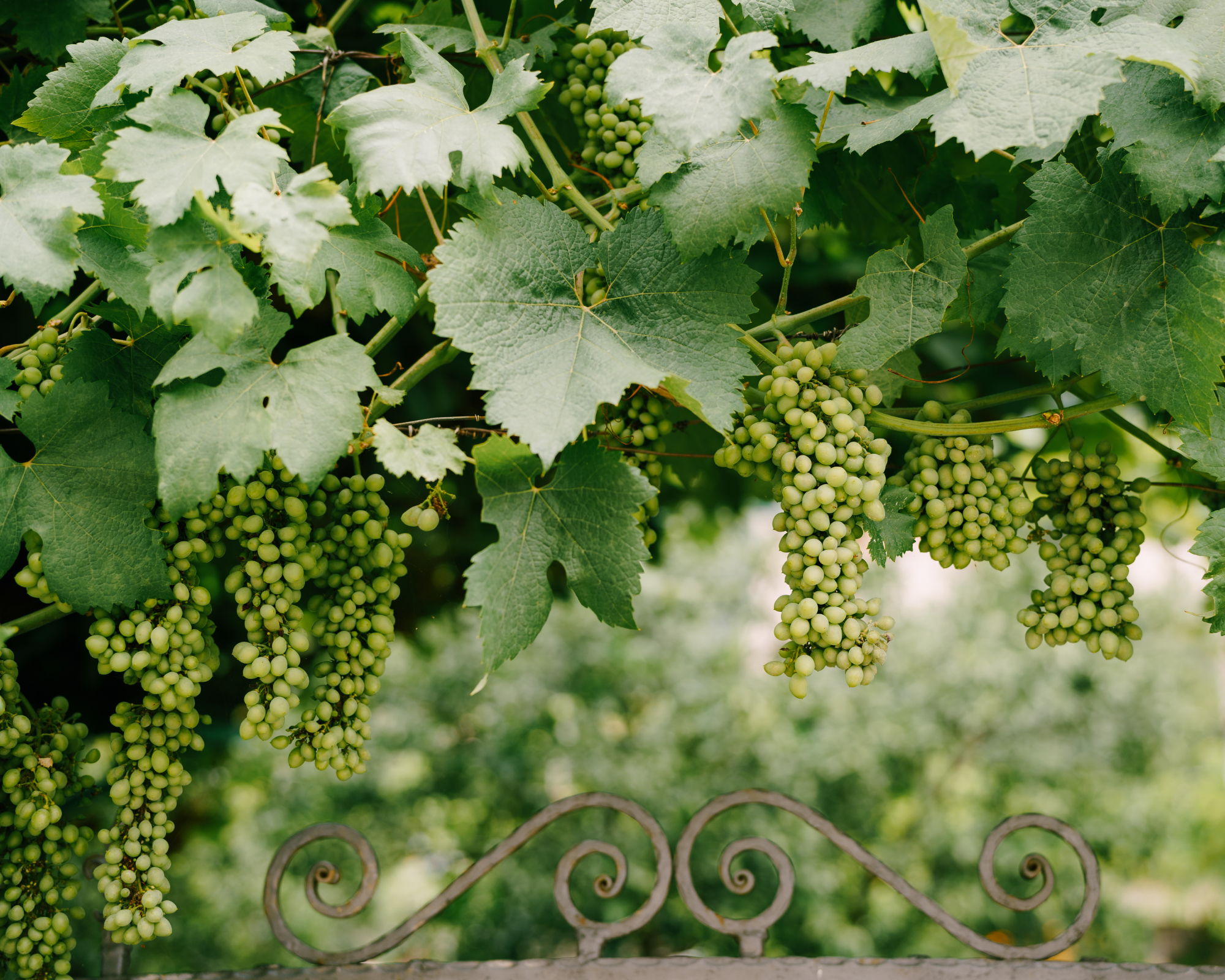
Grapevines are great for climbing on your trellises, with big, heart-shaped leaves and juicy grapes to eat or turn into jam. They’re happy in USDA Zones 4-10 with tons of sun, but beetles won’t resist chomping the leaves and fruit, leaving your harvest a disaster.
Growing elderberry (Sambucus canadensis) instead of grapevines provides delicious fruit for you and your backyard wildlife. This is a tough shrub with wide, jagged leaves and dark berries that many like to snack on. This native shrub grows strong in Zones 3-9 yard. It handles sun or a little shade and keeps those pests off while giving you a treat. Find native elderberry shrubs for sale at the Arbor Day Foundation.
3. Hibiscus
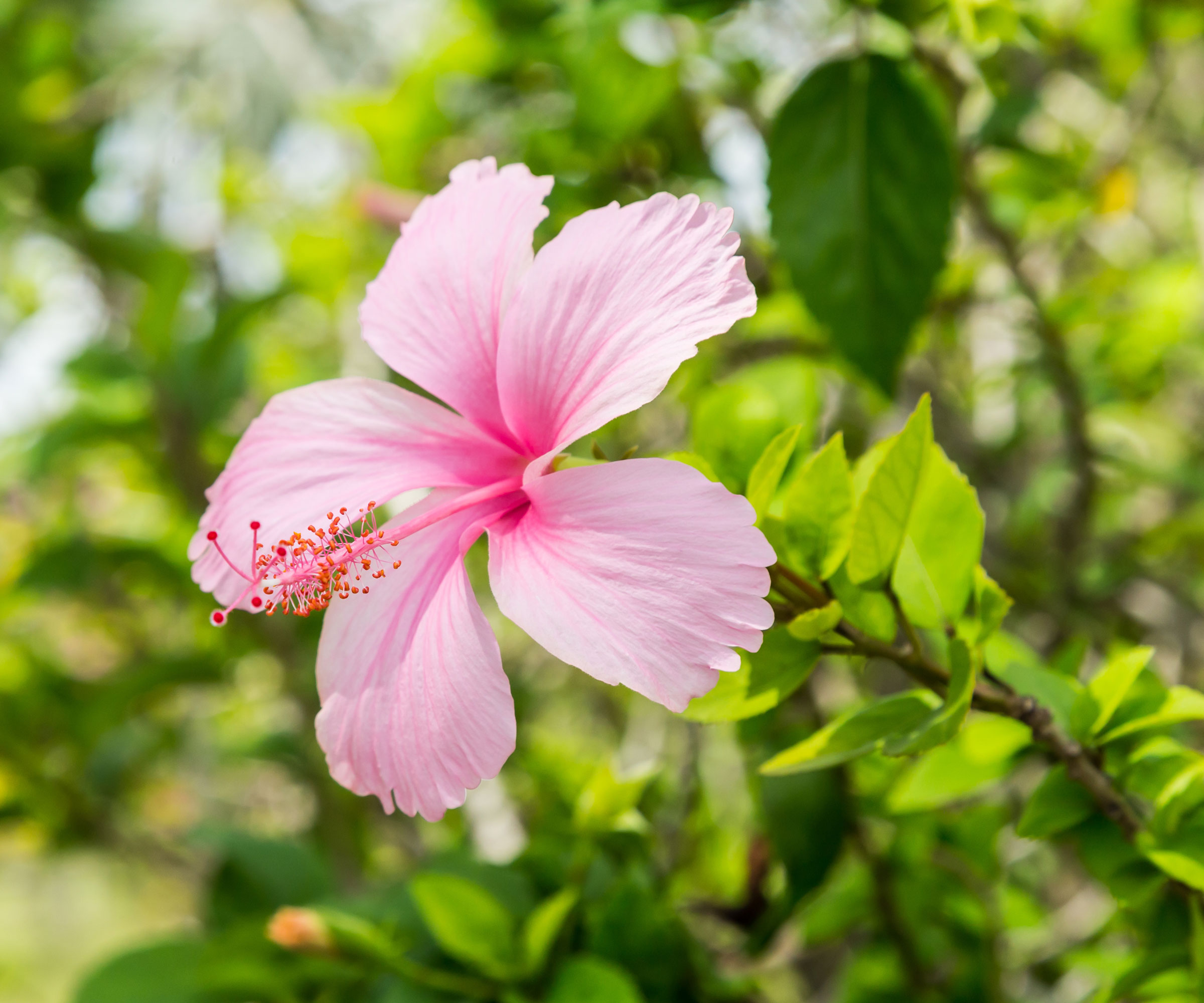
Hibiscus plants are those showy shrubs that are usually planted for their huge, trumpet-shaped flowers in reds and pinks that pop, and their soft leaves that make them look lush, but beetles will wreck them fast.
Growing poppies (Papaver spp.) is a good alternative to hibiscus with their large flowers in various colors. There are many different types of poppies that are suited to different locations and landscape needs. They are sure to add a splash of color to any garden bed or container garden. Find brilliant red poppy seeds at Walmart.
4. Hollyhock
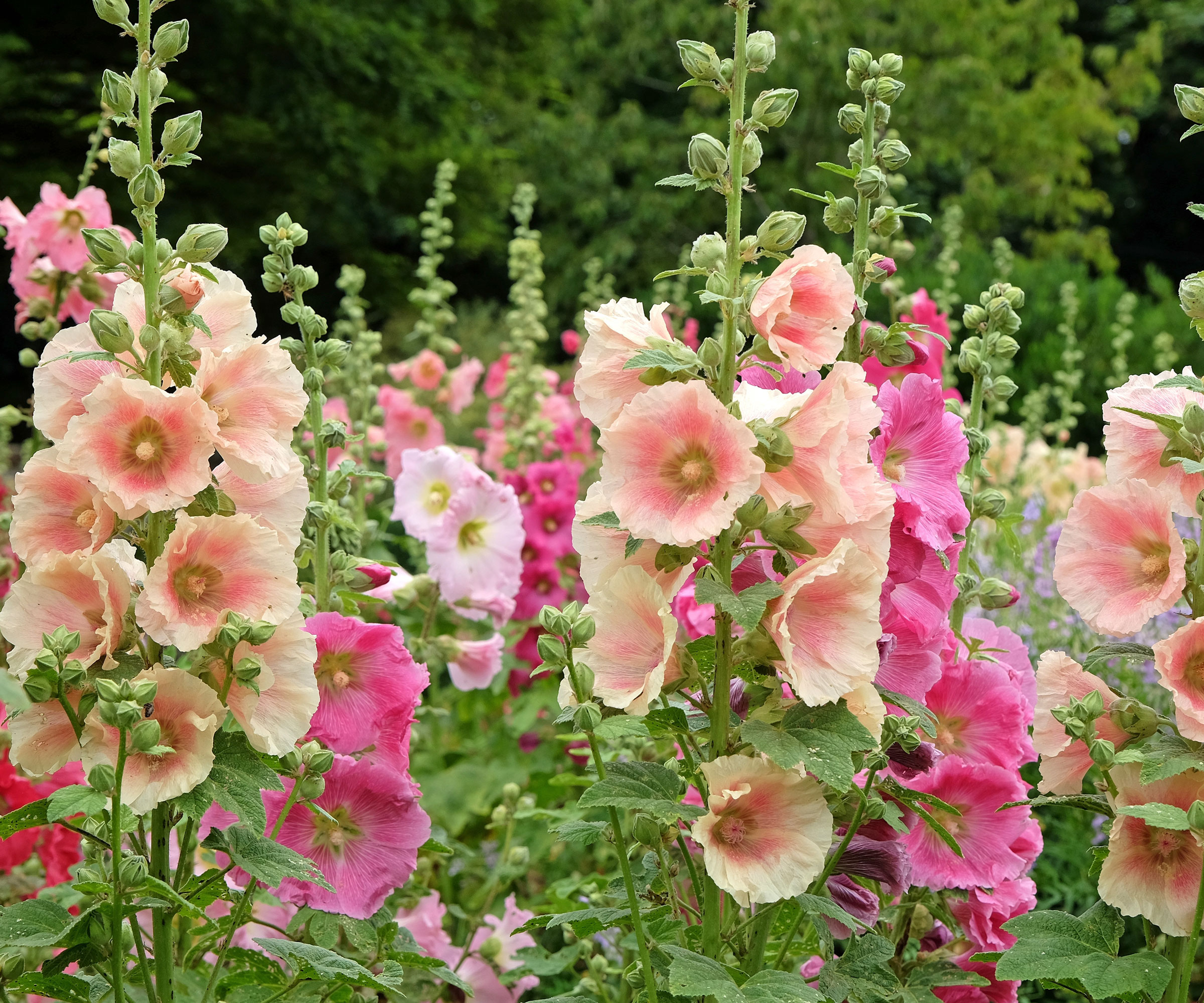
Hollyhocks are those tall old favorites with big, colorful blooms like saucers and rough leaves that tend to tower tall over people’s gardens. Unfortunately, beetles love them and shred them to pieces.
Coneflowers (Echinacea spp.) will give you tall, beautiful blooms. This is a perky plant with spiky, daisy-like flowers and strong stems, and they do great in Zones 3-9 sunny, dry beds. It shrugs off beetles and brings in the bees. Find purple coneflower seeds at Walmart.
5. Apple Trees
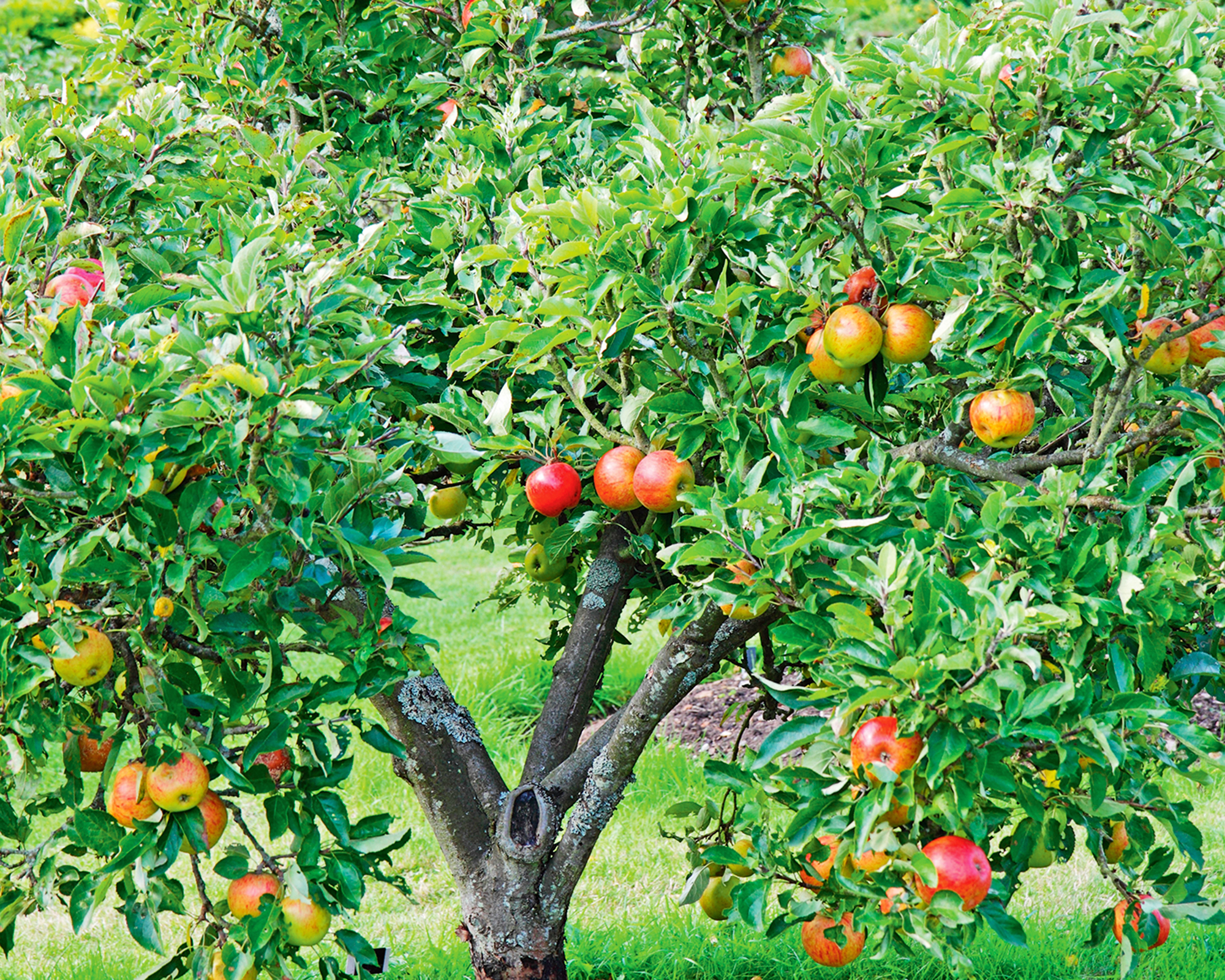
Apple trees are classic additions to an edible food forest garden with shiny leaves and crisp apples everyone looks forward to every fall. That is until beetles munch the tender leaves and ruin a crop quickly.
Swap in serviceberry trees (Amelanchier spp.). This is a slim tree with pretty white flowers and sweet berries that thrives in Zones 2-7 yards. It handles sun or shade and keeps beetles away. Find an 'Autumn Brilliance' serviceberry tree from Fast Growing Trees.
6. Peony

Peonies are great border plants with their huge, ruffled blooms in pinks or reds and glossy leaves. They make any garden pop. Too bad beetles turn them into a mess.
A good replacement is columbine (Aquilegia spp.). Columbine are resistant to Japanese beetles, as well as deer and rabbits, and make for a pretty border plant like peonies. They thrive in zones 3-8. Get frilly pink columbine flowers that resemble peonies with the ‘Winky Double Red-White’ columbine from Nature Hills
Kicking Japanese beetles out of your garden starts with ditching plants that attract them. I’ve also found a quick cleanup and a spritz of neem oil can seal the deal.
These swaps don’t just kick beetles to the curb. They help you build a garden that’s tougher, more colorful, and a welcoming place for pollinators. Happy gardening!

Tyler’s passion began with indoor gardening and deepened as he studied plant-fungi interactions in controlled settings. With a microbiology background focused on fungi, he’s spent over a decade solving tough and intricate gardening problems. After spinal injuries and brain surgery, Tyler’s approach to gardening changed. It became less about the hobby and more about recovery and adapting to physical limits. His growing success shows that disability doesn’t have to stop you from your goals.
- Kathleen WaltersContent Editor